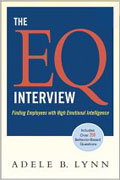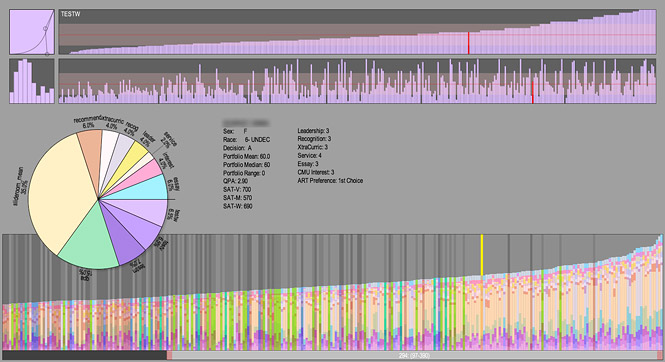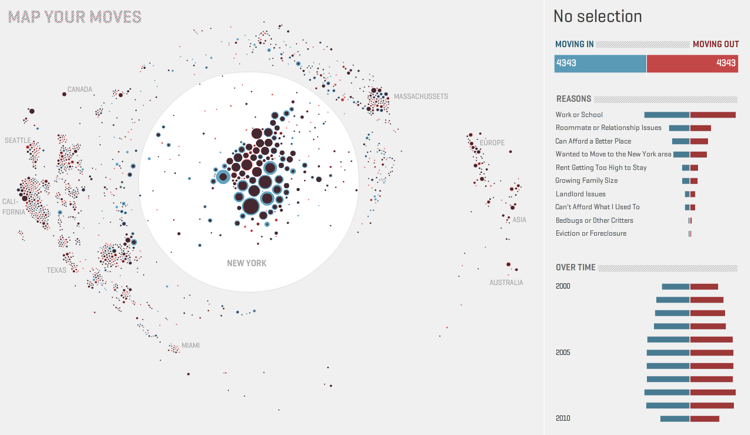HR Southwest - Do I have to talk about my feelings?
The afternoon of the first day of HR Southwest was fun - good sessions, a lively (and complete with the expected technical issues), live broadcast of the HR Happy Hour show, and capped off by an enjoyable tweet-up sponsored by Aquire Software.
The most interesting session I attended was presented by Adele Lynn, and centered on Emotional Intelligence, and how in the interview process the recruiter/hiring manager/HR Professional can learn how to look for and assess the 'Emotional Intelligence' of a given candidate.
Ms. Lynn defines 'Emotional Intelligence' as the 'ability to manage your relationships with others so that you can live your intentions and values'.
In the application of the Emotional Intelligence model to recruiting and interviewing, the interviewer attempts to take the widely practiced 'Behavioral Interviewing' method ' 'Tell me about a time when...' and extend it with questions that gauge the emotional intelligence of the candidate - 'How did it feel when...' and 'What did you learn about the experience?' and 'How were you changed by the experience?'
The theory being by supplementing behavioral based questions with emotional based questions, the interviewer can get a fuller, truer picture of the candidate, how the candidate will respond in challenging situations, and even the ability and potential of the candidate to grow and develop with experience.
Ms. Lynn was an engaging speaker, and throughout the presentation gave practical examples (many using recorded interviews) to illustrate the key points, and challenge the audience to think more deeply about the EI approach. You can learn more about EI from her many books on the subject.
I like the idea of the EI approach, at least from the organizational side. Any technique that leads to better, more aligned hires is valuable. If I were a candidate, I would not be so sure.
It's hard enough to craft a solid resume, negotiate an ATS and labyrinth application process to get in the door.
Now I have to talk about my feelings too? Crap.

 Steve
Steve


